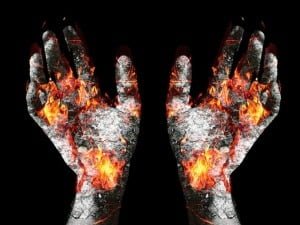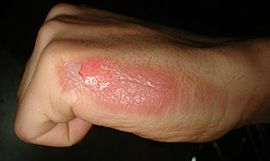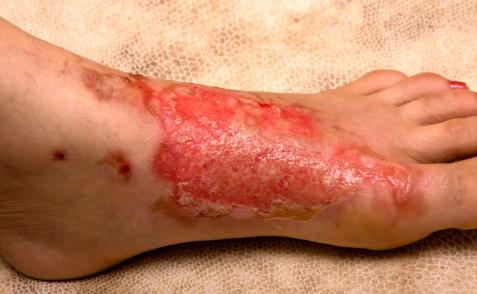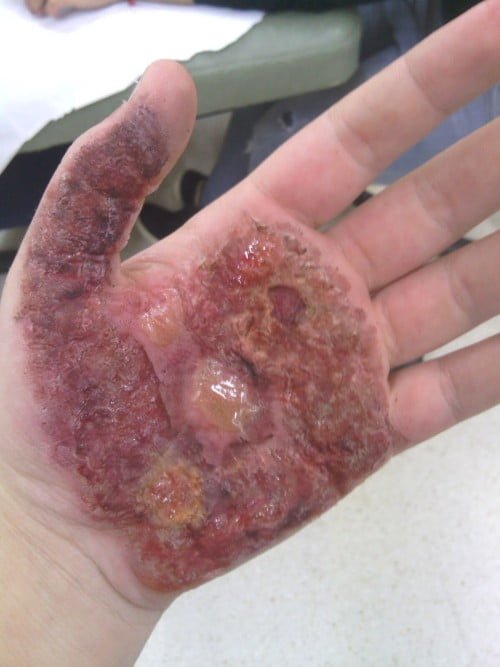
Different types of Degree Burns
Actualizado a fecha: 2 December, 2018
Burns are one of the most common household injuries after fires. The term “burn” means more than the burning sensation associated with this injury. Burns are characterized by severe skin damage that causes the affected skin cells to die. Most people can recover from burns without serious health consequences, depending on the cause and degree of injury. More serious burns require immediate emergency medical care to prevent complications and death.
First Degree Burns
First degree burns, are the least severe. They are characterized by redness, discoloration, mild swelling and pain. Overexposure to the sun is a common cause of first degree burns.
Second Degree Burns
Second degree burns are deeper than first degree burns. They appear red with blisters, and may also involve the loss of fluids through the damaged skin. Second degree burns are usually the most painful because nerve endings are mostly intact.
To treat first and second degree burns, cool the burn by keeping it under cool running water, or use a cool compress. Cover the burn with a sterile gauze bandage. Wrap it loosely to avoid pressure. Do not apply ice as it may cause further damage to the skin.
Third Degree Burns
Third degree burns are the deepest and most severe, affecting all layers of skin as well as the muscle, fat tissue and bone. This type of burn creates permanent tissues damage. Victims of third degree burns may have severe pain, or no pain at all if the nerve endings are destroyed.
When treating third degree burns, you must proceed with caution. Do not remove burned clothing, as it may remove tissue. Keep smoldering materials and heat away from the victim. Do not immerse large, severe burns in cool water. Check for circulation and begin C-P-R if necessary. Cover the burn area with a sterile bandage.


